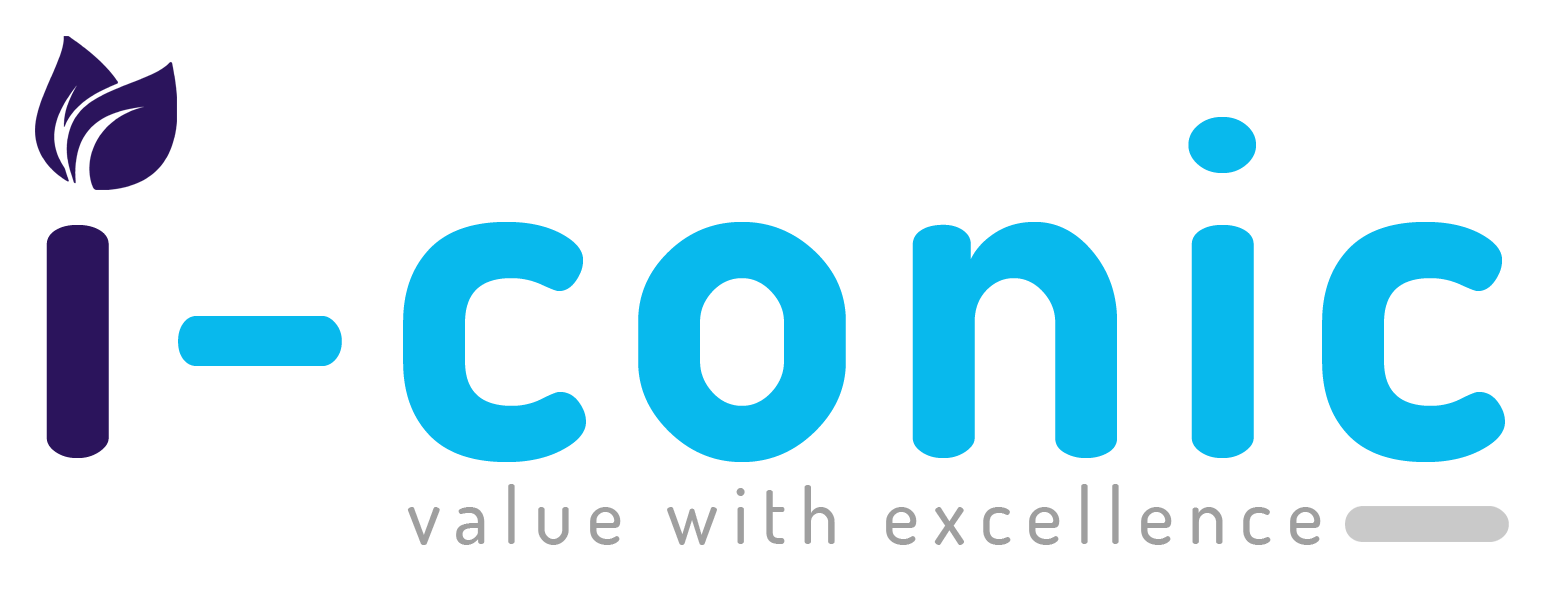Understanding when and how to utilize CPT code 99214 is vital for accurate payments and compliance with current documentation guidelines. As patient care grows more complex and documentation standards evolve, it’s increasingly important for providers to select the correct codes, especially for visits that go beyond routine check-ups. Whether you’re managing chronic conditions, making moderate-risk medical decisions, or spending extended time with patients, CPT 99214 allows you to capture the true value of your clinical work, provided it’s used correctly. This guide will cover everything you need to know about CPT Code 99214.
What is CPT Code 99214?
CPT Code 99214 is a billing code for a Level 4 evaluation and management (E/M) service for established patients in an office or outpatient setting. It applies when the patient’s condition demands a moderate level of medical decision-making, or when the provider spends between 30 to 39 minutes on the date of the visit, with over 50% of that time dedicated to counseling or care coordination. This code identifies visits that are more complex than basic check-ups, involving thorough assessments, comprehensive management plans, or extensive patient counseling.
When to Use CPT Code 99214
CPT code 99214 should be used when both medical necessity and supporting documentation meet the following criteria:
Detailed History and Examination
Medical Decision Making (MDM)
Moderate Complexity
Time-Based Billing (Optional)
If the visit lasts 30–39 minutes, and more than 50% of that time is spent on counseling or coordinating care, the provider can bill 99214 based on time. Documentation must clearly state the total time and describe the content of the counseling or coordination. For example, A provider spends 35 minutes with a patient dealing with anxiety and medication adherence. Over 20 minutes of the visit involve discussing therapy options, reviewing medication side effects, and coordinating care with a mental health provider. If counseling constitutes over half of the total face-to-face time, billing under CPT code 99214 based on time is appropriate.
Reimbursement Rates
Accurate coding and thorough documentation directly impact reimbursement amounts for CPT code 99214. Here’s what different payers typically reimburse in 2025:
- Medicare: Approximately $125.18 on average, though this rate can vary by geographic region.
- Medicaid: Around $68.97, depending on the specific reimbursement rates set by each state.
- Commercial Payers: Reimbursement rates fluctuate based on payer contracts and are often comparable to or higher than Medicare rates.
Key Reimbursement Factors
- Payers may request evidence of moderate complexity in decision-making or the total time spent.
- The visit must be medically necessary and clearly documented.
- Time-based billing requires specific documentation of total time and the counseling or coordination activities.
- Important Note: When billing for telehealth services, use Modifier 95 to indicate a virtual visit, along with the correct Place of Service (POS) code.
2025 Updates to CPT 99214
Several updates in 2025 affect how CPT code 99214 is used and reimbursed:
- Medicare Conversion Factor Reduction: The conversion factor has decreased from $33.2875 to $32.3465, leading to a slight reduction in payment rates.
- Introduction of Add-On Code G2211: The G2211 code can now be billed alongside 99214 to reflect additional complexity in patient management, especially for patients with ongoing or severe chronic conditions.
- Telehealth Coding Changes: New CPT codes (98000–98016) introduced in 2025 differentiate between audio-video and audio-only telehealth encounters. These replace previous telephone codes (99441–99443), providing clearer billing pathways for remote care.
- E/M Documentation Guideline Revisions: As of 2025, providers can choose the visit level based on either:
- Medical Decision Making (MDM), or
- Total time spent on the encounter date. 99214 specifically corresponds to moderate complexity MDM or 30–39 minutes of total time.
Common Mistakes When Reporting CPT 99214
Even experienced providers and coders can make reporting mistakes that lead to reduced revenue or trigger audits. Common pitfalls include:
Undercoding
Some providers opt for a lower-level code like 99213 instead of 99214, even when the service delivered qualifies for the higher level. This often stems from a fear of audits or incomplete documentation.
Confusion Over Documentation Rules
Billing CPT 99214 requires meeting specific documentation criteria—either through medical decision making (MDM) or time-based billing. If a provider fails to fully document the number of conditions addressed, diagnostic tests reviewed, or the time and nature of counseling, the claim may be denied.
Outdated CPT Knowledge
Documentation and billing guidelines for CPT codes are subject to frequent changes, particularly from the AMA or CMS updates. If providers or billing teams continue using outdated rules or templates, they risk claim rejections or non-compliance.
Best Billing Practices for CPT 99214
Strong billing practices result in fewer denials, better compliance, and maximum reimbursement. Implement the following strategies for accurately coding CPT 99214:
Use Proper Modifiers and POS Codes
When billing for telehealth services, use Modifier 95 to indicate a real-time audio-video interaction. It’s equally important to submit the correct Place of Service (POS) code—whether the appointment was in-office, via telehealth, or in a home care setting. Payers often verify these details before approving payment.
Conduct Regular Internal Audits
Regular internal audits help identify frequent issues, such as incomplete documentation, incorrect modifier use, or undercoding. These reviews allow you to address potential errors proactively, reducing rejections and lowering the likelihood of payer audits.
Outsource to I-Conic Solutions
If your practice lacks time or expertise, outsourcing E/M billing to I-Conic Solutions can lead to accurate coding and improved financial outcomes. Their billing professionals assist with coding compliance, audit readiness, and staying current with industry updates. With experience across multiple specialties and high-volume practices, they help providers catch missed codes, reduce denials, and improve overall collections.
Are you experiencing frequent CPT 99214 errors, draining your revenue? Consider outsourcing your CPT 99214 billing to I-Conic Solutions today to reduce risks and boost returns.
FAQs
Primary care physicians, internists, psychiatrists, and specialists frequently use 99214 for moderate complexity follow-up visits.
No, it can also apply to new or worsening acute problems requiring moderate-level evaluation and decision-making.
Yes, as long as the visit meets the criteria and scope of practice, NPs and PAs can bill 99214.
No, 99214 is not associated with a global period; it’s a standalone E/M service code.
CPT 99214 involves moderate risk, whereas 99213 involves low risk in terms of the complexity of data and patient management.






